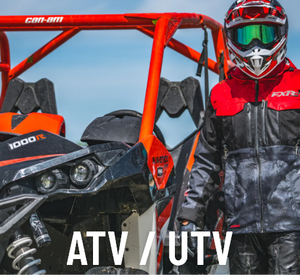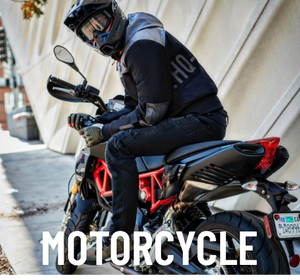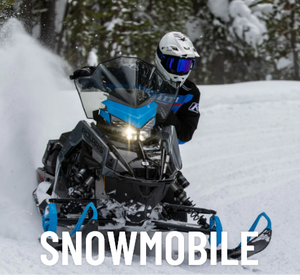Simply select "affirm" at checkout.

CVT Belt Life Tips
Tips by Scott Redden to help you have a long life with a CVT belt in your ATV, Side by Side or Snowmobile.
Most ATVs, Side by Sides and Snowmobiles today are driven by a CVT transmission and use a CVT belt to transmit power to the wheels or track. With the popularity of Side by Sides, we see the sales of replacement CVT belts going up. With the added power and weight of a Side by Side, it puts a lot more force on the CVT belt which can (and will) destroy belts.
This is new to some people coming from ATVs. Most of us have driven an ATV for years without even thinking about the belt. Today’s high powered Side by Sides seem to go through belts a lot like a high-powered snowmobile. Ask any long-time Snowmobiler if they have ever dug out little chucks of belt and installed a new belt trail side in the freezing cold and I bet the answer will be “many times.”
There are however some tips to help you keep your CVT belt in good shape and running along happily;
- Before installation, wash your belt with warm soapy water
Before the belt goes on, you should wash it in warm soapy water. You should also clean your clutch sheaves with a scotch bite pad and alcohol or acetone. This will remove old belt residue or glazing. It is ok to ruff up the clutch face with the scotch bite pad. This helps the clutch grip the belt. I also like to take compressed air and blow out both clutches to get rid of any dust or dirt.
- Break in your belt!
One of the most important things you must do with a new CVT belt is break it in, similar to breaking in a new engine. This allows the belt to mate or match the CVT clutch sheaves. For the new belt break in, the rule of thumb is to take it easy. You should use no more than ½ or ¾ throttle for the first 30 miles or 50kms. Also, you should heat cycle the belt a couple of times within that first 30 miles 50km. It is a good idea to stop and let the belt cool after about 20 minutes. What your trying to do is allow the belt to come up to operating temperature slowly and then allow it to cool down again.
- Take it easy!
After the belt is broke in it is still a good idea to take it easy for the first 3 miles (5km or so) to let the belt warm up slowly every time you ride. This also helps the engine and other parts on your vehicle warm up slowly and will prolong the use of your toy. We often see customers destroy a new belt in their first ride just because they didn’t take the time to break it in properly. With the cost of new belts these days, that really sucks!
We sell all the aftermarket belts at our shop, Halifax Motorsports in Goodwood, NS. One brand that we have been using (and our customers are having a lot of good experiences with) is the Gates brand of belts. They offer power sport belts in two types, G-Force and C-12.
The G-Force is a good replacement belt, but, if you are running anything in the higher horse power range or a big powerful side by side, for a little bit more money you should go with the C-12 belt.
The C-12 is reinforced with carbon tensile cord and Aramid (Kevlar) fibre, which adds a lot of strength to the belt. I have successfully run the C-12 belts on both our 800cc shop snowmobiles and a four-place side by side for 3 years with the same mileage you can get out of an OEM belt at 2/3’s the price.
Currently the price for a Gates G-force belt is in the $80-$100 price range and the C-12 is $130-$150 price range. We also have a full stock of belts at the shop.
It is always a good idea to carry a spare on and the tools to change it! So pick yourself up an extra one today and enjoy the trails this winter!
















Leave a comment